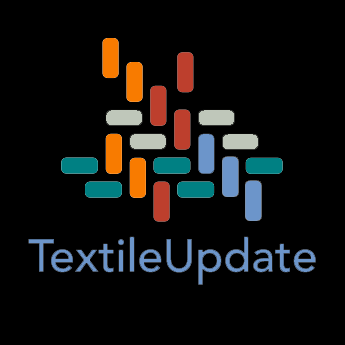Podcast: Play in new window | Download
Podcast: Play in new window | Download
Podcast: Play in new window | Download
Podcast: Play in new window | Download
Podcast: Play in new window | Download
Podcast: Play in new window | Download
Podcast: Play in new window | Download
Podcast: Play in new window | Download
Podcast: Play in new window | Download
Podcast: Play in new window | Download
Podcast: Play in new window | Download
Podcast: Play in new window | Download
Podcast: Play in new window | Download
Podcast: Play in new window | Download
Podcast: Play in new window | Download
Podcast: Play in new window | Download
Podcast: Play in new window | Download
Podcast: Play in new window | Download
Podcast: Play in new window | Download
Podcast: Play in new window | Download
Podcast: Play in new window | Download
Podcast: Play in new window | Download
Podcast: Play in new window | Download
Podcast: Play in new window | Download
Podcast: Play in new window | Download
Podcast: Play in new window | Download
Podcast: Play in new window | Download
Podcast: Play in new window | Download
Podcast: Play in new window | Download
Podcast: Play in new window | Download
Podcast: Play in new window | Download
Podcast: Play in new window | Download
Podcast: Play in new window | Download
Podcast: Play in new window | Download
Podcast: Play in new window | Download
Podcast: Play in new window | Download
Podcast: Play in new window | Download
Podcast: Play in new window | Download
Podcast: Play in new window | Download
Podcast: Play in new window | Download
Podcast: Play in new window | Download
Podcast: Play in new window | Download
Podcast: Play in new window | Download
Podcast: Play in new window | Download
Podcast: Play in new window | Download
Subscribe: RSS
Podcast: Play in new window | Download
Podcast: Play in new window | Download
Subscribe: RSS
